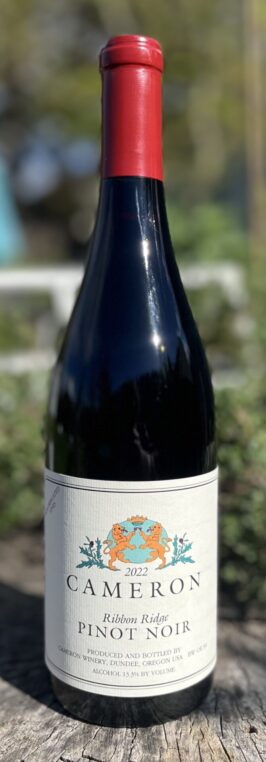What’s a Brix?
From John, April 22nd, 2016
The Elements of Pizza by Ken Forkish
Measuring Brix isn’t just important for winemaking. The consistency and quality of premium canned tomatoes (such as San Marzano) relies on careful measurement of the Brix of tomatoes at harvest (to determine ripeness) and in the final product (to determine sweetness and thickness). Here we proudly present “What’s a Brix?”, written by my wife Teri, and featured on page 67 Ken Forkish’s fabulous new book, The Elements of Pizza.
The Brix scale is named after 19th-century German scientist Adolf Brix, who invented the hydrometer, an instrument that could measure the sugar content of grape juice for wine. Before this, ripeness could only be determined subjectively, by taste. The Brix scale can also be used to measure ripeness in the juice of other fruits, like tomatoes.
In winemaking, 1 degree Brix is equivalent to 1 g of soluble solids (the sum of sucrose, fructose, vitamins, proteins, and so on) per 100 g of grape juice. In winemaking, an effort is made to harvest at a particular Brix level, and this measure of ripeness and its corresponding sugar content in the fruit directly relates to the fermentation potential in the wine, its flavor, and ultimately the conversion to alcohol. In theory, alcohol is produced at a rate of approximately 51% of fermentable sugar. Variables such as exposure to oxygen and temperature, the amount of yeast and yeast diversity determine the actual conversion rate from fermentable sugars to alcohol and carbon dioxide.
Tomatoes go through the same seasonal harvest variability as grapes and other fruits of the earth do. There is a right time to harvest, and measuring Brix in tomatoes is as important to timing harvest as it is for grapes, when the desire is to produce canned tomatoes that have consistent flavor, acidity, texture and water content (think of it as thickness or thinness of tomato sauce from one can to the next, from one day to the next). Fruit ripening involves a series of related and complex enzyme-catalyzed transformations. When starches are converted into simple sugars by natural enzymes, the fruit sweetens. A tomato changes from green to red as chlorophyll breaks down to reveal underlying pigmented compounds such as anthocyanins and lycopenes. It becomes less tart as organic acids are converted into less acidic molecules; softer as pectin is broken down; and more fragrant as volatile aromatic compounds are synthesized. Brix is an extremely useful objective marker for ripeness.
Share This
Recent News & Rants
old vines, old wines & an old winemaker
One of the advantages of being an “old-timer” in the world of enology and viticulture is that our vines have aged along with me. It is a well known phenomenon in the world of wine that old vines tend to produce superior wine. A recent tasting of 18 vintages of Clos Electrique Blanc magnums proved that adage to be true! Overall, the consensus was that 8-14 years of aging seems to be the absolute “sweet spot” for this magnificent vineyard.
There’s More... >What do winter cold snaps do to the vineyard?
With climate progressively changing, one phenomena that is starting to occur fairly regularly is an occasional bout of intense winter cold weather. In January 2024, temperatures descended to as low as 4F in high altitude vineyards. Read on to learn how grapevines respond to this stress.
There’s More... >Cheers to a fantastic year ahead!
Bottles of Cameron Winery wine that are currently for sale.
2022 Dundee Hills Chardonnay, 2021 White Oak Pinot noir, 2021 Abbey Ridge Pinot noir, 2021 Clos Electrique Rouge, 2021 Clos Electrique Blanc, 2022 White […]
There’s More... >

